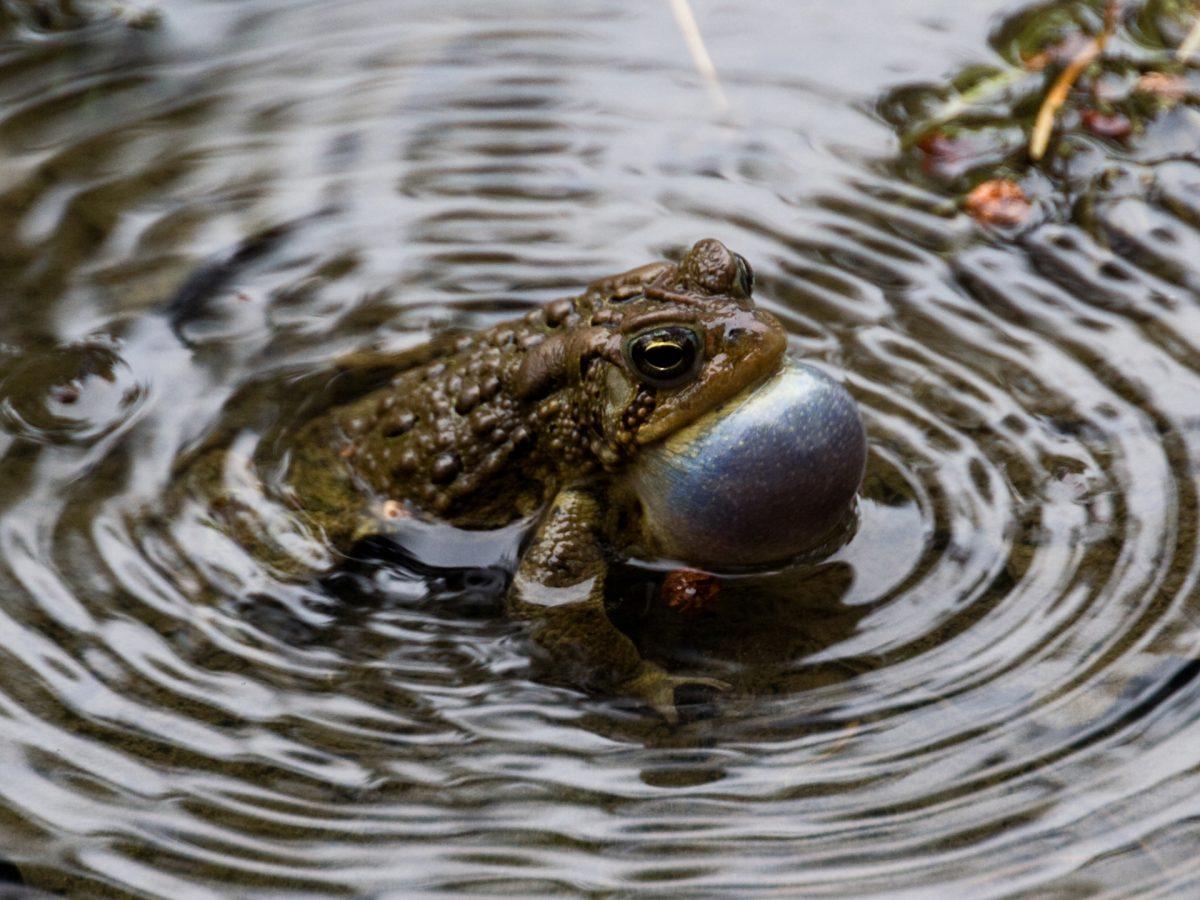If you see a snake in High Park, consider yourself lucky. Typically, snakes are secretive, hiding between in cool spaces between rocks or hunting in long grass. High Park is home to two species of snake: the common Eastern Garter Snake and the uncommon DeKay's Brownsnake. No snakes in High Park or Toronto are venomous.
Garter Snakes
The Eastern Garter Snake (Thamnophis sirtalis sirtalis) is widespread throughout North America and common in High Park. These snakes are far-ranging due to an unparticular diet and their adaptability to different habitats and landforms, with varying proximity to water.
Garter snakes, like all snakes, are carnivorous. Their diet consists of almost any creature that they are capable of overpowering: slugs, earthworms, leeches, lizards, amphibians, birds, fish, toads and rodents. When living near the water, they will eat other aquatic animals. Food is swallowed whole. Garter snakes often adapt to eat whatever they can find, and whenever, because food can be scarce or abundant. Although they dine mostly upon live animals, they will sometimes eat eggs.

Sources
See also
- Turtles in High Park
- Amphibians in High Park
- Reptiles and Amphibians of Toronto, Toronto Biodiversity Booklet Series





















